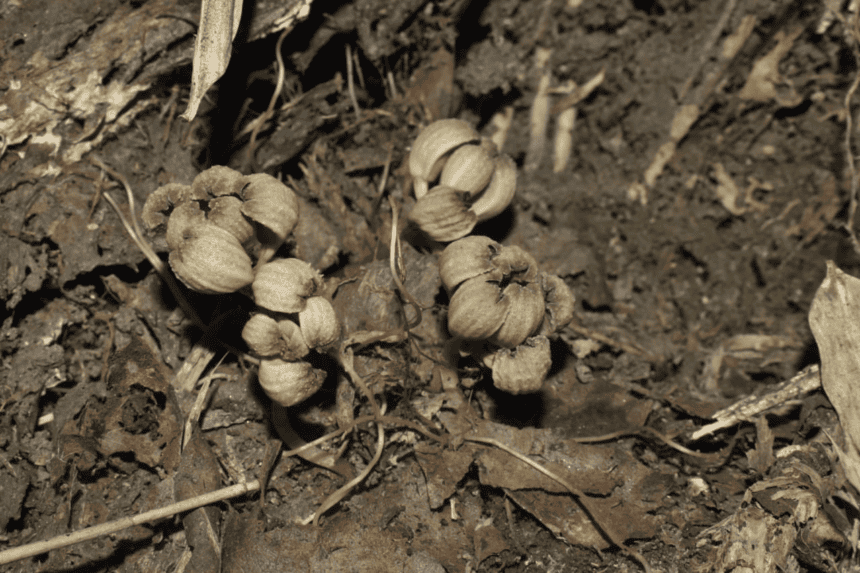A collaborative effort spanning six years by Prakash Limboo, Pramod Rai, and Madhusudhan Khanal has uncovered a wealth of botanical wonders in Sikkim. Their tireless research has led to the identification of 12 new species of orchids and two previously unknown varieties of wild jasmine, enriching the floral diversity of the region.
Prakash Limboo, a geography teacher in a government school in Sikkim, Pramod Rai, a botany scholar hailing from Namchi, and Madhusudhan Khanal, a driven PhD scholar from Kalimpong, combined their expertise to delve into the ecosystems of Sikkim. Their findings showcase the biodiversity of the region, with notable discoveries including Bulbophyllum nigrescens and Coelogyne phitamii, orchid variants previously undocumented in India.
Among the newly identified orchids in Sikkim are Bulbophyllum forrestii, Coelogyne bulleyia, Dendrobium brymerianum, Goodyera viridiflora, C. chinensis, C. micrantha, D. caillipes, D. darjeelingense, D. pendulum and Vanda lonagitepala . Additionally, the revelation of two new jasmine records, Jasminum caudatum and J. grandiflorum, further underscores the botanical richness of the area.
The significance of these discoveries extends beyond mere taxonomy, as the research team emphasizes the urgent need for conservation efforts to safeguard Sikkim’s natural heritage. They advocate for increased support from academic institutions and governmental bodies to facilitate further exploration and preservation of the region’s flora.
In a parallel endeavor, Madhusudhan Khanal, in collaboration with fellow researchers and scientists, uncovered a rare terrestrial orchid, Didymoplexiella siamensis and Gastrodia sikkimensis nestled within the bamboo forests of Rey Valley, Gangtok. These group of orchids are called holomycotrophic or mycohetrotrophic orchids and they are leafless and lack chlorophyll hence they parasitize compatible soil fungus and survive by steaking their carbon. They remain underground with their tuberous rhizome and sprouts buried. These elusive orchids, previously unknown in India, represents a new addition to the country’s orchid wealth.

Khanal’s meticulous observations reveal the unique ecological niche occupied by Didymoplexiella siamensis and Gastrodia sikkimensis which thrives in symbiosis with specific fungi, showcasing nature’s intricate interconnectedness. However, the fragile existence of these orchids is threatened by anthropogenic activities, including deforestation and littering, prompting calls for immediate conservation action.

The researchers’ plea for intervention resonates with local communities, who recognize the importance of preserving their natural heritage. Yet, the fate of these botanical treasures hangs in the balance, underscoring the urgency of conservation efforts to ensure the continued existence of Sikkim’s botanical jewels.
As Sikkim stands at the crossroads of development and conservation, the discoveries unveiled by the researchers serve as a poignant reminder of the delicate balance between human progress and ecological preservation. Only through concerted action and collective stewardship can we protect and cherish the natural wonders that adorn the landscapes of Sikkim for generations to come.

